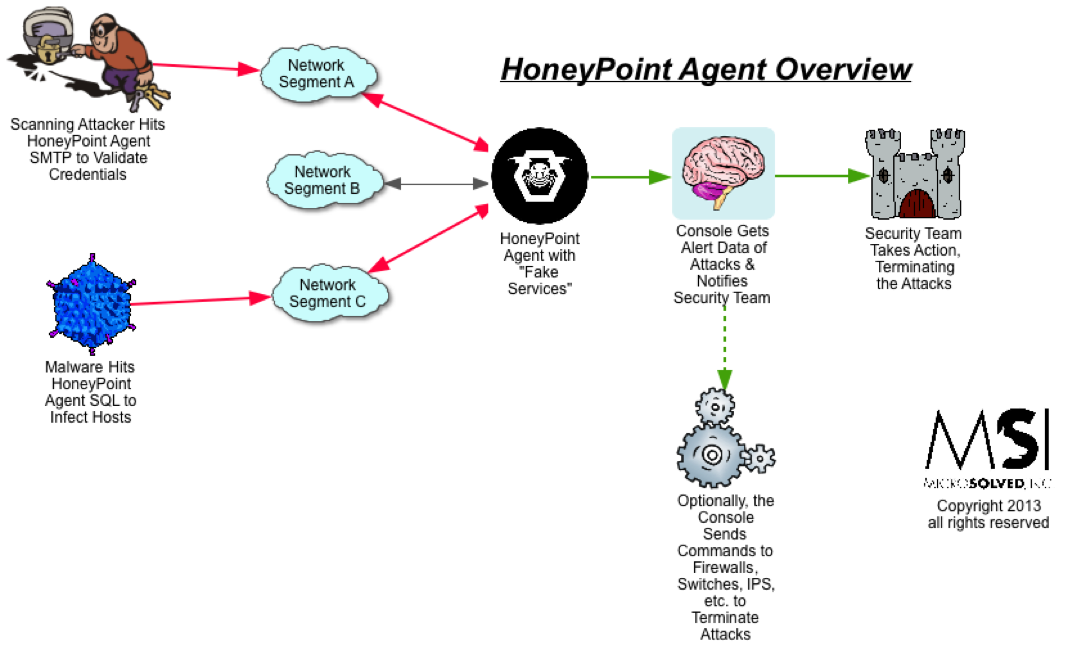In our first two blogs concerning Distributed Denial of Service (DDoS) attacks and small service industries, we presented measures organizations can take to prepare for and defend against DDoS attacks. In this final installment on the subject, we will discuss methods of response to these incidents.
The first thing to do when you think you are under DDoS attack is to not panic. Calm and considered responses are always more effective than immediately jumping in and possibly cutting off legitimate connection requests. An ill-considered response on your part could cause the very denial of service your attacker intended in the first place. The best thing you can do is to immediately access your incident response plans and begin to implement those pre-planned procedures you worked so hard on. We are constantly amazed at how many organizations fail to follow their own response planning in the heat of a real incident!
The next step in the process is traffic (log) analysis. You need to be able to identify what type of attack is being perpetrated and the kinds of bogus requests that are being made. This is where large log capacities and log aggregation tools come in very handy. Being able to view a large amount of data from a central console truly helps you recognize patterns in the attack. Since application layer attacks that employ IP spoofing are presently being used, pattern and type recognition are often the only means you have to discern good traffic from bad.
Once you are able to get a handle on what the bad traffic looks like, you can start filtering it out. This is best done by appliances as close to the network edge as possible. You can also work with your ISP which may be able to assist with filtering as well as other mechanisms such as rate and connection limiting.
After the attack is under control, don’t forget to work with law enforcement agencies such as the FBI and US-CERT. They are interested in these events and may be able to assist you in finding and dealing with the perpetrators. Reporting incidents is important because it is crucial to know the number and types of DDoS attacks that are really taking place out there in order to effectively respond to them. Reporting ends up being good for everybody!
Finally, it is very important to conduct lessons learned meetings and to adjust your incident response and business continuity planning. Table top exercises and other incident preparation techniques are helpful, but nothing helps you learn the hard lessons like a real incident. Why waste the only valuable thing to come out of the whole mess!


